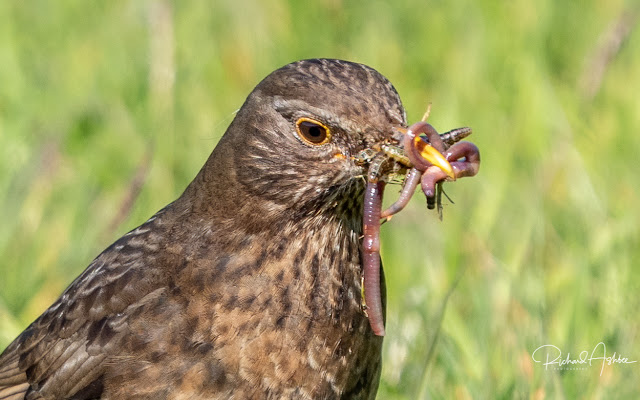I have always been involved in recording, especially with the BTO Breeding bird survey and since arriving in Shetland, the Shetland Breeding bird survey organised by the Shetland Amenity Trust, they are always wanting volunteers with an ageing number of recorders
There are many benefits at looking closely at a patch, in this case a 1km square, both of mine are close to home and i often go down outside the breeding season.
Its good to see the changes in the population year to year, what is increasing or declining and also contributing to the over all picture in Shetland.
No real changes on either square, with Oystercatcher still the top breeding wader with 4 pairs in one square while the other which contains more moorland and woodland has the most varied wader population with Redshank(3pairs), Curlew (2 Pairs) Lapwing (2 pairs), Snipe (1 pair).
Both Skylark and Meadow Pipit down by one pair in each square but Collard Dove now breeding in both.
Meadow Pipit
This year there was more migrants as well but none are included in the survey, Swinster had the most, with moorland, woodland, scrub and a stream being very attractive.
Here this spring, Icterine warbler(2) Marsh Warbler, Golden Oriole, Rustic Bunting, Red Back Shrike, Yellow Wagtail, Sedge warbler, Garden Warbler, Willow Warbler, Chiff Chaff, Spotted and Pied Flycatcher.
The burn is excellent for flower and bees while there is also a farm with ducks






















No comments:
Post a Comment